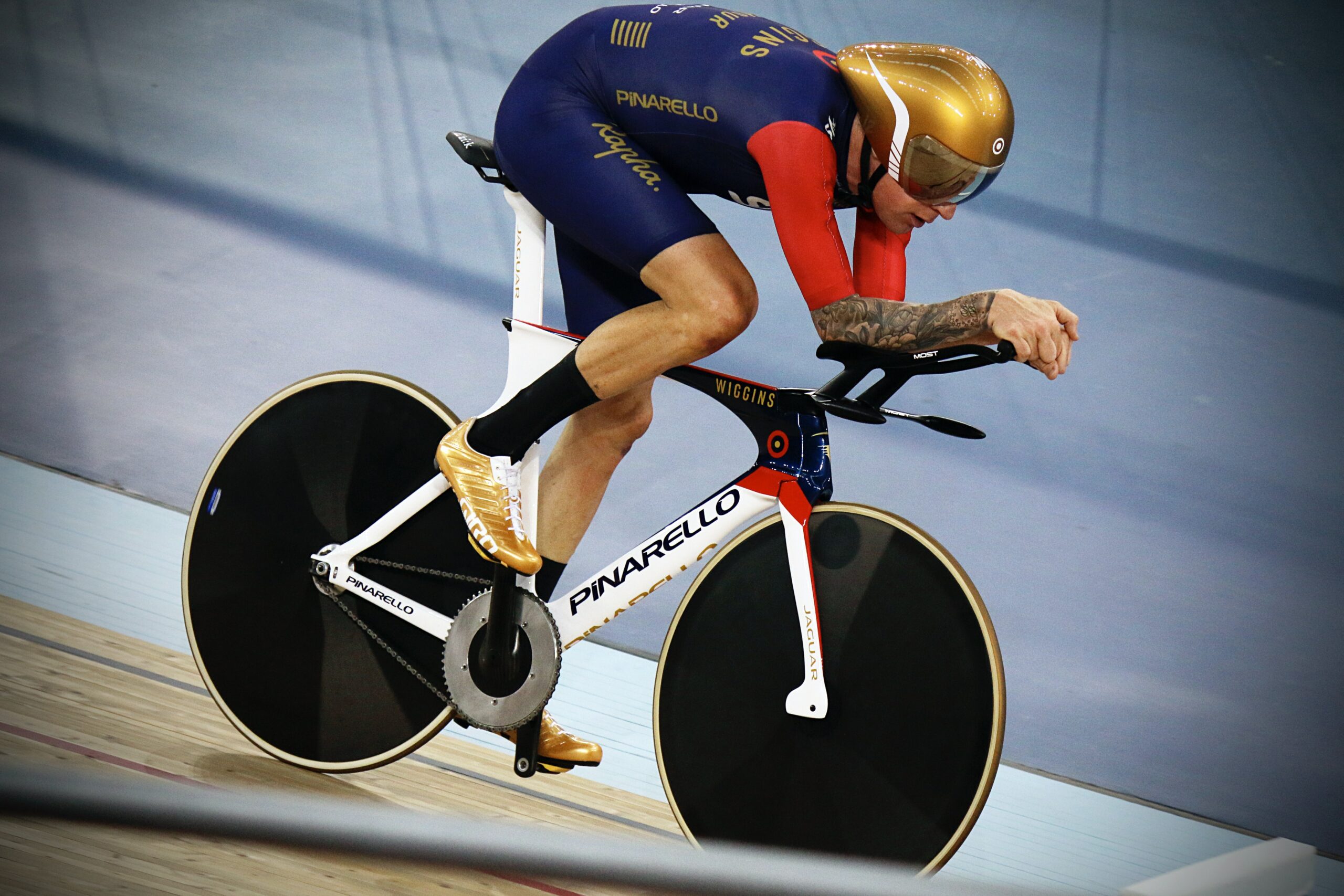Any serious endurance athlete will have a training plan. This plan will generally use heart rate or wattage as the variable around which they structure their training sessions. In recent years wattage has become a very popular training variable. It relates more directly to actual speed and performance than heart rate. Team Sky Cycling highlighted the importance of accurate data in their training program and heavily relied on wattage during their Tour De France preparation. It can be very successfully used to build an effective endurance training program. For this reason there has been a big shift towards Power zone training and away from the traditional heart rate zone style training. Heart rate data has now become a bit of an optional add on for analysis rather than a training variable, especially with more tech orientated athletes.
While training using power has its merits it also comes with an often overlooked disadvantage. The sessions’ power output targets are pre determined post fitness testing. The athlete has a prescribed wattage which they need to hold during each session of their training plan. The sole focus is to stick strictly to these wattage prescriptions. The issue is that watt training does not factor in readiness to train or physical state. For example an athlete may have a poor nights sleep or be particularly stressed due to some lifestyle factor like work etc. he may even be fatigued from a previous training session. When this athlete comes to their training they might struggle to maintain the prescribed wattage but force themselves to be strict. This can result in a much higher level of physiological stress or intensity than intended when their program was designed. Too many forced sessions can result in overreaching and eventually overtraining. It can also be mentality hard on an athlete to realise they cannot keep up with their training. Things can quickly become counterproductive.
While heart rate does not translate as well into speed or power outputs it is auto-regulatory. This means if you are fatigued, stressed or sick heart rate will reflect this. Heart rate will be generally higher and so you will reach the desired zone with less work. If you use heart rate zones as your training variable things are automatically factored in. In a fatigued state you may achieve the desired HR and duration prescribed but the performance might appear to be poor. In the grand scheme of things this is not a big deal. You are still getting time at the intended intensity and your recovery can cope, avoiding any overtraining type scenario. Over the long term this is actually more productive in terms of physiological improvement and mental state.
An effective approach may be to look at what phase of training you are in. In the offseason you are looking for a physiological development. There are no races in this phase and performance is not an issue. This is an excellent time to use heart rate to dictate training intensity. It is linked to your physiology and therefore works well when thats the focus for development. It ensures you are providing the right stimulus for the improvement you are looking for.
As the you progress closer to races performance becomes a bigger concern. This is now when looking at wattages may be more suitable. The time for developing your physiology must now share focus with developing an ability to perform. Looking at holding certain wattages may now be quite beneficial to prepare pacing strategies etc. It is important to keep in mind factors such as fatigue will now influence how stressful these sessions are physiologically.
Comparing sustained heart rate and wattages is good practice. If a certain wattage pairs with a certain heart rate you can use this as a monitoring tool. If an athlete pedals for 20 mins at 300 watts with an average heart rate of 150 BPM today, but a week from now heart rate average is 145, we can assume they have become more efficient. If the heart rate average increases for this same session, we can assume that either there is latent fatigue present or some other factor that may result in a more stressful condition to meet the same performance. It can also be seen as a loss in efficiency or fitness depending on the situation.
It is important to understand both methods as they may influence how you incorporate them into your training. If you choose to use watts over heart rate you must be diligent in assessing your training state. You must accept that sessions need to be flexible to account for external factors that wattage on its own will ignore. As with any program following blindly is never a smart approach. There are many factors which can influence performance and success will always be a balancing act.
If you found this article useful then please like and share with a friend. Sign up below for our weekly newsletter.
[yikes-mailchimp form=”1″]

2 Comments
Join the discussion and tell us your opinion.
I thought this was a very good explanation of the relationship between watts and heart rate. For me, as a non competitive cyclist who still wants to perform well on the road, I’ve found heart rate a very useful measure of performance and physiological state. On the other hand, while I understand using watts is necessary for the competitive athlete, I decided it was too uncompromising for my own needs and could encourage me to push beyond safe limits.
I agree, Watts can be very useful coming into competition where you might want to assess ability for pacing and strategy but in a training block HR will offer more. Glad you found it useful.